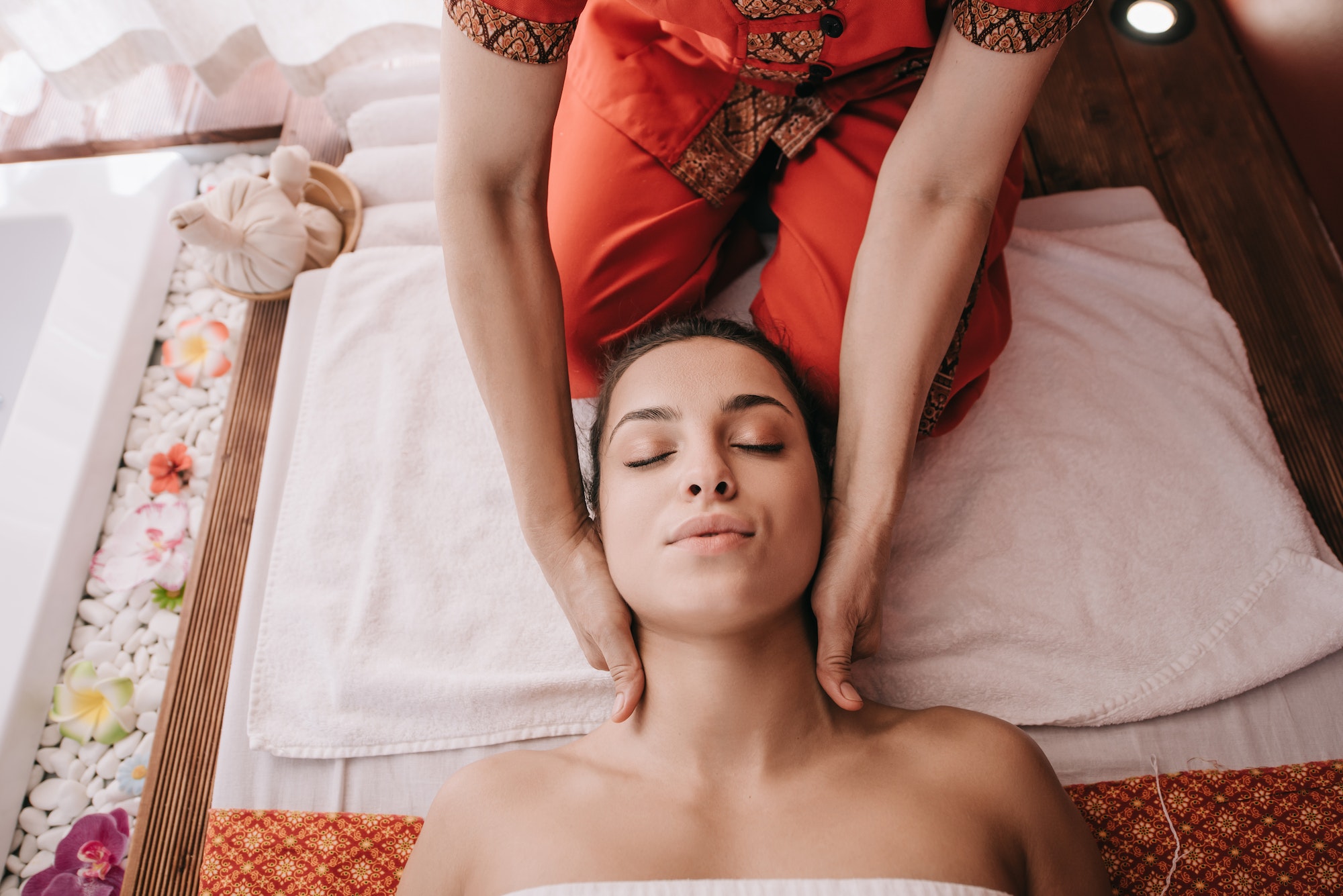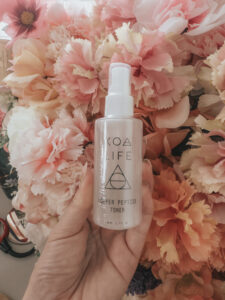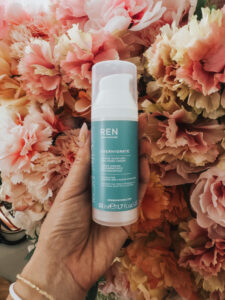A sports massage is a fantastic way to release tension that builds up in your muscles over time. It can also reduce stress and help you feel more relaxed. But when is the optimal time to get a massage – before or after your workout?
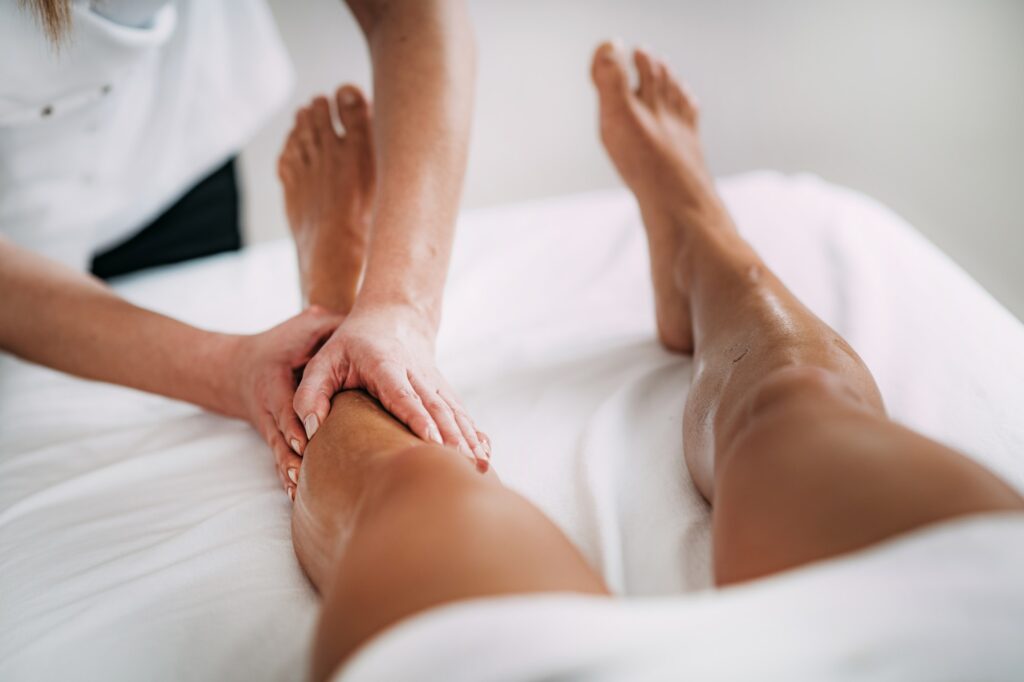
This is one of the most common questions people have about sports massages. The general consensus is that it depends on your specific needs and goals. However, there are benefits to both pre and post-workout massages.
To help determine which option may be best for you, we spoke to a spokesperson for Total Shape, a leading fitness and health website. Here’s what they had to say:
“Sports massages don’t only have significant benefits for those who work their muscles regularly, but also for those who experience tension, stress or have injuries. Often people ask whether it is best to have a sports massage before or after a workout. There are benefits and drawbacks to both, such as boosting performance, encouraging recovery and increasing hypertrophy.”
“Getting a massage before or after a workout is equally important, and ultimately it depends on the results you want to achieve.”
Below, the fitness experts at Total Shape share the main pros and cons of getting a sports massage before and after your workout.
Benefits of a Pre-Workout Massage
Getting a massage before you exercise has several advantages. Here are some of the top benefits of a pre-workout sports massage:
1. Enhances Your Mood
One of the best benefits of a pre-workout massage is that it can give your mood a boost. The massage helps stimulate the production of feel-good hormones like endorphins, dopamine, and serotonin.
By easing muscle tension and stress, a massage before your workout can help you feel more relaxed, focused, and motivated to exercise. This enhanced mindset can help you push harder and get more out of your workout.
2. Increases Energy and Strength
A pre-workout massage also helps increase blood flow throughout your body. This provides your muscles with more oxygen and nutrients, giving them extra energy and strength.
As a result, you may be able to lift heavier weights, train for longer periods, and make faster progress toward your fitness goals. The boost in circulation prepares your muscles to perform at their peak.
3. Improves Flexibility and Range of Motion
Getting massaged before exercising can help loosen up tight muscles around your joints. This makes it easier for your joints to move freely through their full range of motion.
Increased flexibility and mobility reduce your risk of injury during your workout. You’ll be able to safely push yourself harder knowing that your body is primed and ready for exercise.
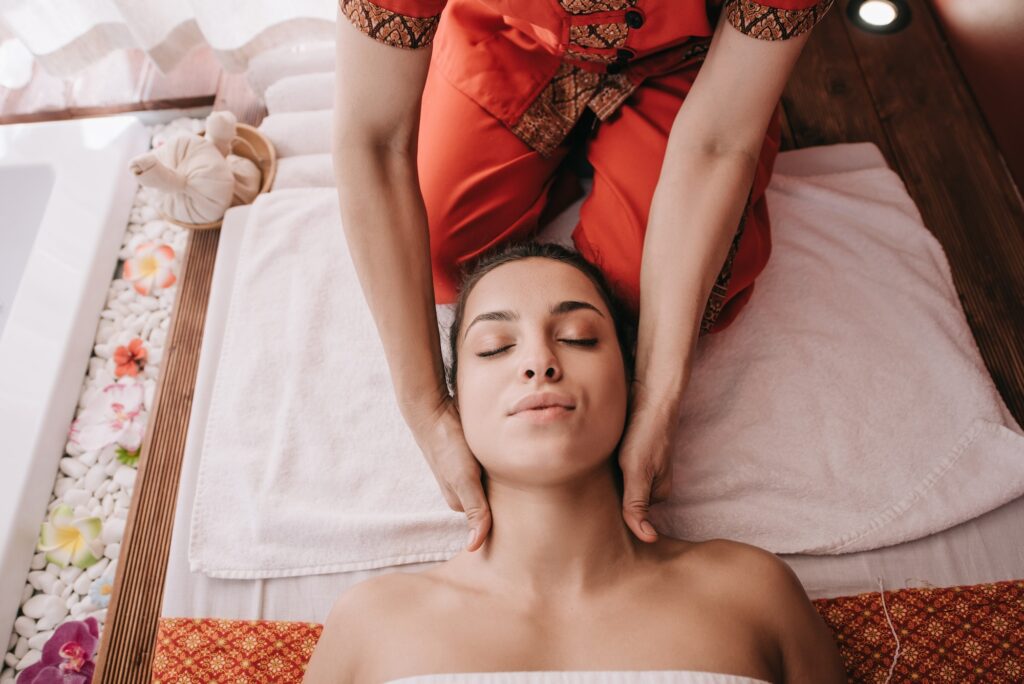
4. Warms Up Muscles to Prevent Injury
Along with enhanced flexibility, a pre-workout massage also serves as a form of warm up for your muscles. The massage movements generate heat and increase blood flow to your muscles.
Properly warmed up muscles are less likely to cramp or strain during exercise. A massage prepares your muscles for the demanding movements to come, keeping you injury-free.
5. Releases Muscle Knots and Tension
Some people carry chronic tension in certain muscle groups like the shoulders, neck, and back. A massage before working out can help knead out muscle knots and loosen up tight areas.
Releasing this tension enables you to have a more comfortable, effective workout. Your muscles won’t be restricted or strained from the start.
6. Enhances Mind-Muscle Connection
Having a massage before your workout also helps you tune into your body more acutely. As your therapist works on releasing tight spots, you become more aware of tension you hold subconsciously.
This improved mind-muscle connection means you can better activate and isolate muscle groups during your workout. You have a heightened sense of which muscles you’re using.
7. Reduces Delayed Onset Muscle Soreness
While a post-workout massage targets DOMS, a pre-workout massage can also help prevent extreme soreness. The increased circulation and warmed up muscles you get before exercising reduce future achiness.
You may still feel some soreness as your muscles recover and adapt, but it likely won’t be as intense compared to skipping the massage.
Benefits of a Post-Workout Massage
Getting massaged after you exercise also offers many advantageous effects. Here are some of the biggest benefits of a massage following your workout:
1. Speeds Up Recovery
One of the main benefits of a post-workout massage is that it helps your muscles recover and heal faster after strenuous exercise. The increased blood flow brings fresh oxygen and nutrients to fatigued muscles.
This allows them to repair damaged muscle fibers more quickly and effectively. Quicker recovery means you can hit the gym again sooner without residual soreness holding you back.
2. Reduces Muscle Soreness
Along with faster recovery, massages after a tough workout can help decrease next-day muscle soreness. The moderate pressure applied during the massage forces built-up lactic acid out of your muscles.
Less lactic acid means less stiffness, pain, and discomfort as your muscles mend themselves. A post-workout massage helps you avoid debilitating DOMS.
3. Prevents Injury and Overtraining
Overworking your muscles without proper rest and recovery leads to overuse injuries and burnout. Getting frequent massages helps ensure your muscles recuperate fully between workouts.
Proper rest periods allow overstressed muscles to heal completely so you can continue exercising safely long-term. Massage supports muscle repair to prevent overtraining.
4. Releases Exercise-Induced Tension
High-intensity exercise often causes muscles to tense up involuntarily during the effort. Even if you cool down and stretch after your workout, residual tension can remain in your tissues.
A post-workout massage helps smooth out tight muscles built up from exercise. Releasing this excess tension enables your muscles to relax and reset for your next gym session.
5. Flushes Out Metabolic Waste
During demanding workouts, your muscles generate metabolic waste products like lactic acid. Too much accumulation of these waste products leads to decreased performance and soreness.
A massage after you exercise helps flush these irritants out of your system more quickly. This reduces stiffness and speeds up recovery so you can continue training productively.
6. Improves Flexibility and Mobility
The pressure and movements of a massage can help loosen stiff, tightened muscles from your workout. Spending time lying on the massage table also allows your tight muscles to gently stretch out.
Improved flexibility and range of motion help you avoid future injuries and muscle strain. You’ll be able to dive back into your next workout feeling looser and more mobile.
7. Promotes Relaxation
Perhaps one of the greatest benefits of a post-workout massage is the profound feeling of relaxation it provides. After intense training, both your body and mind need time to decompress and destress.
A soothing massage session allows you to completely let go of exercise-induced tension. This mental break is just as important as the physical recovery of your muscles.
Potential Drawbacks of Pre and Post-Workout Massages
While sports massages offer many benefits, there are a few potential drawbacks to consider:
- Increased fatigue – Very intense or lengthy massage sessions can sometimes leave people feeling more tired, especially if done right before a workout. Moderate pressure is best pre-exercise.
- Muscle soreness – Massages that are too aggressive can cause microtears in muscle tissue, leading to soreness rather than relief. Deep tissue work is better post-workout.
- Headaches – Applying too much pressure to the neck and shoulders can result in massage-induced headaches for some people. Communicate your pressure preferences.
- Bruising – Excessively firm massages can occasionally bruise soft tissues in some individuals. Let your therapist know if you bruise easily.
- Inexperienced therapists – An unqualified or poorly trained massage therapist may use improper technique or go too deep. Seek out licensed professionals only.
To avoid any adverse effects, communicate your needs clearly to your massage therapist. And be sure to drink plenty of water before and after your session to stay hydrated.
Deciding Between a Pre or Post-Workout Massage
As you can see, both pre and post-workout massages offer their own unique benefits. So when should you schedule your sports massage – before or after exercising?
Here are a few key factors to consider when deciding:
- Your primary goal – Are you more focused on performance enhancement or recovery/injury prevention? Pre-workout supports the former, while post-workout aids the latter.
- Timing – How soon before or after your workout do you plan to get massaged? Leaving ample time pre and post-exercise is ideal.
- Your workout type – Getting massaged is more beneficial before low-intensity workouts and after intense training sessions.
- Problem areas – If you have chronic tightness or pain in certain areas, pre-workout massage may be best to address those issues.
- Your preferences – Some people simply feel better with massage before exercise, while others only do it after. Go with what feels right for your body.
Most fitness experts recommend alternating between pre and post-workout massages to maximize the benefits. But choose the option that best supports your current goals and needs.
Summary: Achieve Peak Performance and Faster Recovery
A sports massage is a valuable addition to any exercise routine. Both pre and post-workout massage sessions offer performance enhancement and recovery benefits.
Pre-workout massages prime your muscles for peak output by boosting blood flow, flexibility, warmth, and energy. Post-workout massages promote faster healing by flushing out waste, easing soreness, and delivering nutrients.
To amplify your workout results and avoid injury, consider scheduling regular massage sessions. Time them strategically around your exercise for optimal effects. With massage, you can train harder, recover faster, and reach your fitness goals safely.

